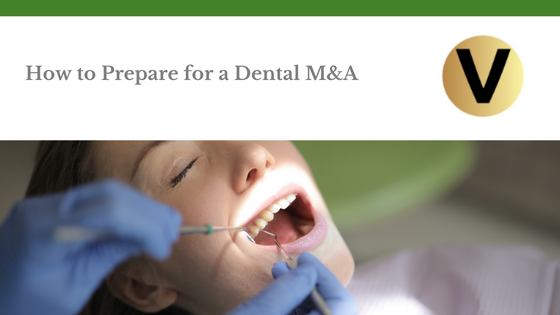Mergers and acquisitions (M&A) are a common practice in the dental industry. They allow DSOs and practices to expand their operations quickly. M&A occurs when a DSO or dental practice acquires another one. The goal of the transaction is to create a single business operation that can serve the needs of both parties. It allows buyers to increase their profits and improve the quality of their services without increasing their costs. In this article, we’re going to be talking about the steps involved in getting ready for a dental M&A.
Do your due diligence
Before you sign a letter of intent, you should do your due diligence to ensure that the company is the right fit for you. You should ask the seller to provide you with their financial reports. That way, you’ll be able to agree on a price to pay.
Analyze both practices
Before you make a deal, both the seller and buyer should thoroughly analyze the operations of both practices. They should also identify the differences between their systems and create a plan to improve the efficiency of the combined organization.
Communication is key
Keep in touch with the employees of both companies to ensure a smooth transition. Be open about your intentions to buy or sell a practice, and keep the team informed about the merger’s progress.
Negotiate asset purchase and employee agreements
The legal teams of both parties will then work on the asset purchase agreement, which provides the details of the transaction. They should also negotiate employee agreements, which include the terms of the employee’s employment if they stay with the new organization.
Foster healthy collaboration
Throughout the M&A process, the teams from both companies should work together to establish a smooth transition. You should also regularly hold team meetings and events to build strong relationships.
Develop a plan to grow
While an M&A can help boost a practice’s revenue, it’s also important to consider the various factors that will affect its operations, such as the number of patients and the cost-efficiency of the combined organization.

